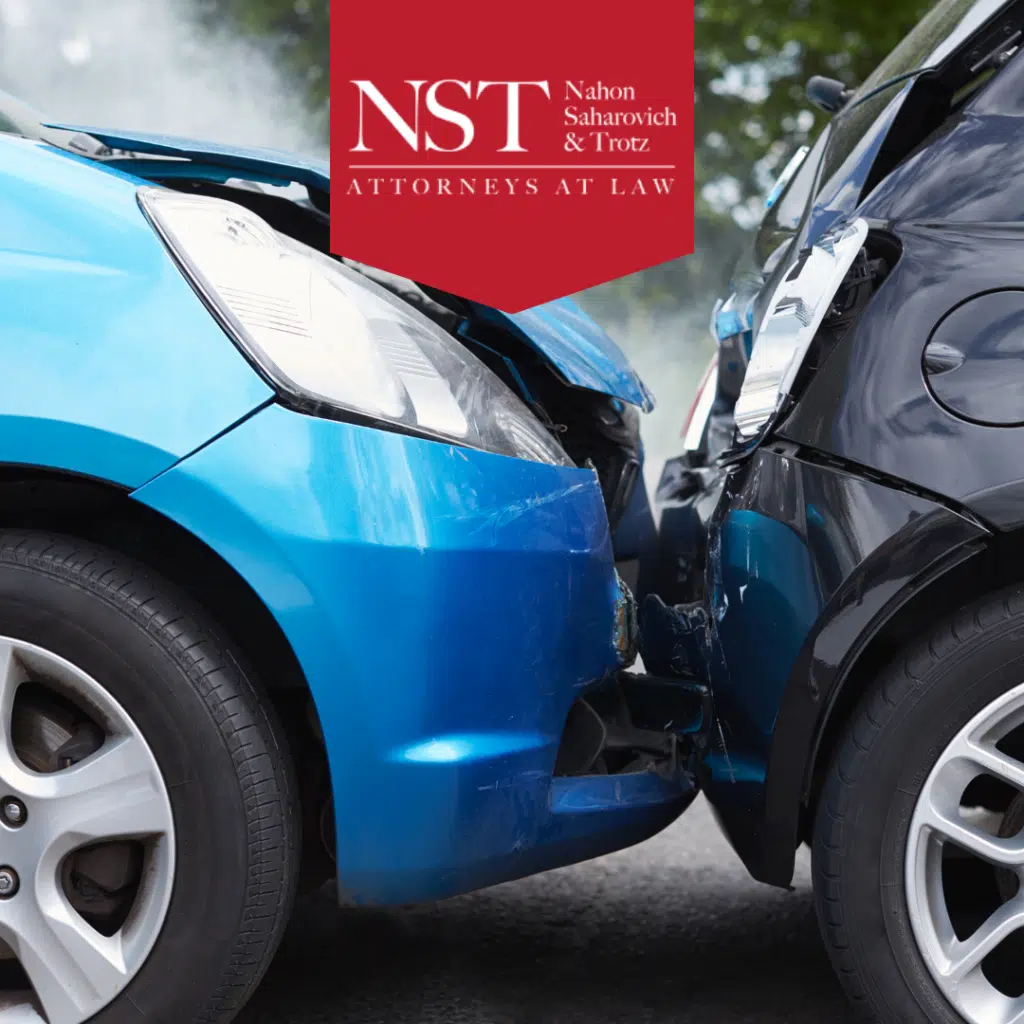Who is at fault in a left-turn accident? Not only can understanding left-turn accidents give you a deeper understanding of who likely caused an accident, making it easier to pursue compensation, but it can also help you avoid potential accidents and keep you safer on the road. NST Law offers a comprehensive understanding of how left-turn accidents occur.
A left turn is one of the most dangerous maneuvers to take when driving because the driver needs to account for oncoming traffic. Understanding fault in a left-turn accident proves critical in determining liability and ensuring that you do not make driving errors that could lead to a collision. After most accidents, determining fault helps the injured party figure out how to pursue compensation for those losses, including medical costs and lost income during recovery. Who bears fault for a left-turn accident? The answer can make a huge difference in an injury claim.
Often, liability for a left-turn accident depends on which driver committed an act of negligence on the road. Negligence can take many forms, often as distracted driving or ignoring the rules of the road, including the right of way. Insurance companies and lawyers can better understand who bears liability for an accident by closely examining any acts of negligence involved. The lawyers at NST Law can help you establish fault and claim any damages from a left-turn accident.
Understanding Left-Turn Accidents
A left-turn accident occurs when a driver turning left across traffic hits another vehicle, a pedestrian, or a cyclist. Many drivers speed up as they turn left across traffic, which increases the accident’s severity and makes it more difficult for others on the road to get out of the way. Left-turn accidents also frequently result in damage to the driver’s side of the other vehicle.
Left-turn accidents can occur for several reasons:
- Ignoring right-of-way: Some drivers turn left without taking a close enough look at the other drivers on the road or allowing adequate time for them to complete their routes before they turn.
- Failure to signal: A driver that does not signal a left turn makes it more difficult, if not impossible, for other drivers to know he intends to turn left. Furthermore, when a driver turning onto the same road from another direction fails to signal, the driver turning left may assume that he has adequate room.
- Blind spots: A large vehicle, especially a big truck, turning into a blind spot may obscure the driver’s vision and prevent them from seeing other vehicles or pedestrians in the area.
- Speeding: When a vehicle in the oncoming lane travels at high speed, the left-turning driver may misjudge the time he has to cross traffic.
- Obstructions in the road: An obstructed line of sight can make it impossible for drivers to see other vehicles or pedestrians in the area.
Who Is at Fault in a Left-Turn Collision?
The driver turning left is often at fault for the resulting collision. However, both insurance companies and lawyers will carefully examine all factors related to the accident because the left-turning driver may not have committed the negligence that led to the accident.
Determining Fault in Left-turn Accidents
Insurance companies and legal authorities will look at several key elements when determining liability for a left-turn collision, including whether either driver committed obvious negligence that led to the accident. These factors include the following:
- Traffic laws and regulations: If either driver ignores common traffic laws, including speeding or failing to yield the right of way, that driver may bear partial liability for the accident.
- Traffic signals: A driver who fails to signal intent to turn may share liability.
- Visibility: Poor visibility may not change the balance of liability, but both drivers must exercise extra caution.
- Speed and control of vehicles: At high rates of speed, drivers have a much harder time operating their vehicles safely and keeping them under control. Drivers also struggle to control their vehicles when inebriated.
- Right-of-way: Right-of-way determines when drivers have the right to move through an intersection or turn left across traffic. The driver who does not have the right of way but proceeds through an intersection often bears liability for a resulting accident.
- Driver distractions: Up to 8.2 percent of fatal accidents occur due to driver distraction. Distraction includes anything that takes the driver’s eyes, hands, or attention away from the task of driving.
- Contributory negligence: Sometimes, both drivers may share responsibility for a left-turn accident. Insurance companies may carefully examine cases of contributory negligence to assign the correct balance of fault.
The Responsibility of the Left-turning Driver
The standard duty of care that applies to all drivers on the road notes that drivers must take all necessary precautions to avoid collisions. Drivers turning left must signal their intentions, make sure they have the right-of-way, and check to ensure that the intersection is clear before proceeding through.
Defenses for the Left-turning Driver
While the left-turning driver often bears liability for a left-turn collision, the driver can use several defenses to establish that someone else caused the accident.
In intersections with clear traffic signals, the left-turning driver can argue that he had the right-of-way. If the other driver was speeding, the left-turning driver could argue that the speeding driver contributed heavily to the accident. If the other driver was inebriated, that driver may bear partial or full liability for the collision.
Car accident lawyers can help the left-turning driver clearly establish whether the other driver committed a negligent act that led to the accident and, in some cases, recover a verdict or settlement on their behalf.
The Responsibility of the Oncoming Driver
Oncoming drivers around intersections must exercise their own precautions. They must remain aware and anticipate possible risks. Furthermore, they may need to maintain the speed limit and take precautions to slow down before approaching red lights and stop signs. Oncoming drivers may also need to take actions to mitigate collisions if they note a potential problem, including a left-turning vehicle that has already entered the lane.
Ultimately, if the oncoming driver can avoid the accident altogether by exercising ordinary and reasonable care, they must do so or bear a portion of the fault.
Comparative Fault and Shared Liability
In comparative fault or shared liability claims, the insurance company of the party that bears the most liability for the accident will generally pay out compensation to the driver that bears less liability based on the amount of the accident caused by that party. The laws of contributory and comparative negligence vary from state to state.
For instance, Tennessee has a “modified comparative negligence” statute. Under this law, you can still recover damages if you were less than 50 percent at fault for the car accident, but your compensation award will be reduced depending on your share of the blame. Thus, if a driver contributed 20 percent to a collision, he could recover 80 percent of his damages. A driver that bears more than 50 percent liability for the accident cannot recover compensation from the other party’s insurance company.
On the other hand, Mississippi has s a “pure comparative negligence” statute. Under this law, accident victims can seek compensation for their injuries and other losses even if they are as much as 99 percent at fault for the accident. Their recovery will be reduced to reflect the percentage of their fault. Thus, if they were 80 percent at fault for an accident, they could recover 20 percent of their damages.
Seeking Legal Assistance After a Left-turn Accident
After a left-turn accident, having a lawyer is essential. Lawyers will do the following:
- Investigate the claim and collect evidence that establishes liability
- Make sure their clients understand the compensation they deserve
- File the claim with the insurance company, including submitting a demand package that includes all damages
- Negotiate on a client’s behalf
- File any necessary paperwork in court, represent you in all court proceedings, and try your case, if necessary.
Working with a lawyer can significantly increase your ability to recover a fair verdict or settlement for your injuries.
Contact The Champs at NST Law Today
If you’ve been involved in a left-turn accident or want to learn more about fault determination in such accidents, consult with the Champions for the Injured at NST Law. We can provide tailored advice based on your circumstances and guide you through the legal process.
Don’t hesitate to seek a free consultation to protect your rights and seek the compensation you deserve. Remember, professional legal assistance can make a significant difference in your case. Contact us at NST Law to discuss your left-turn accident claim.
 Skip to content
Skip to content


